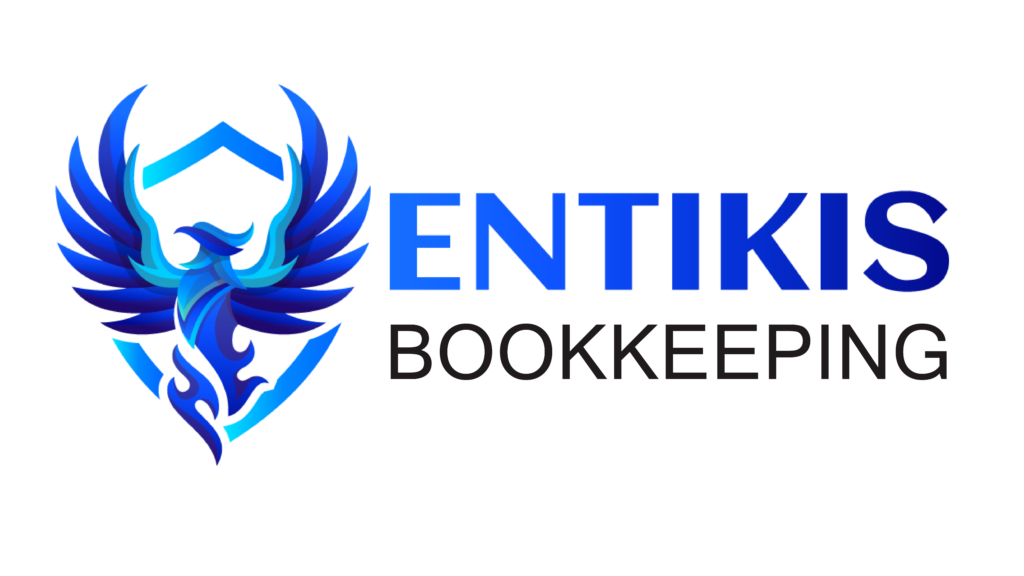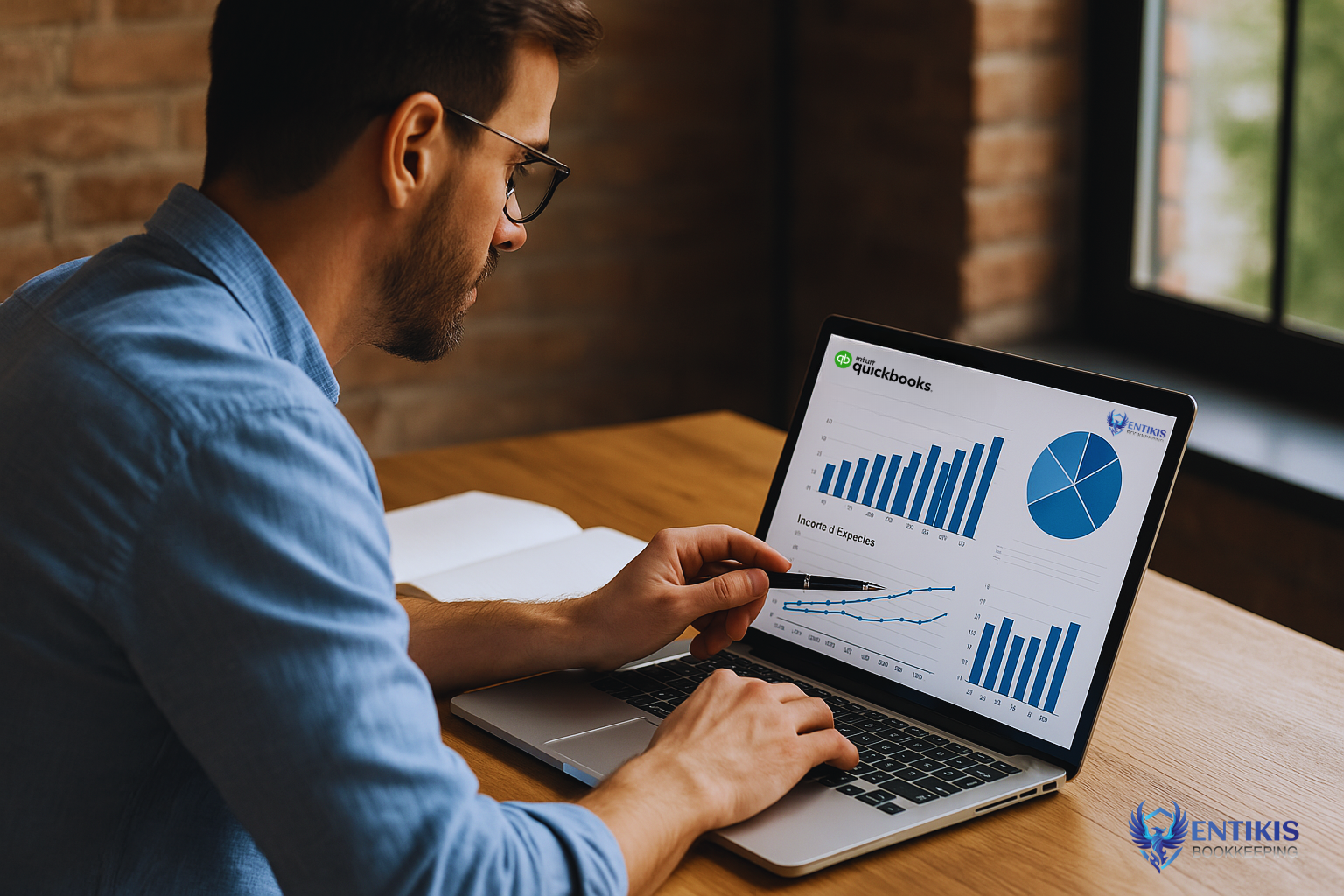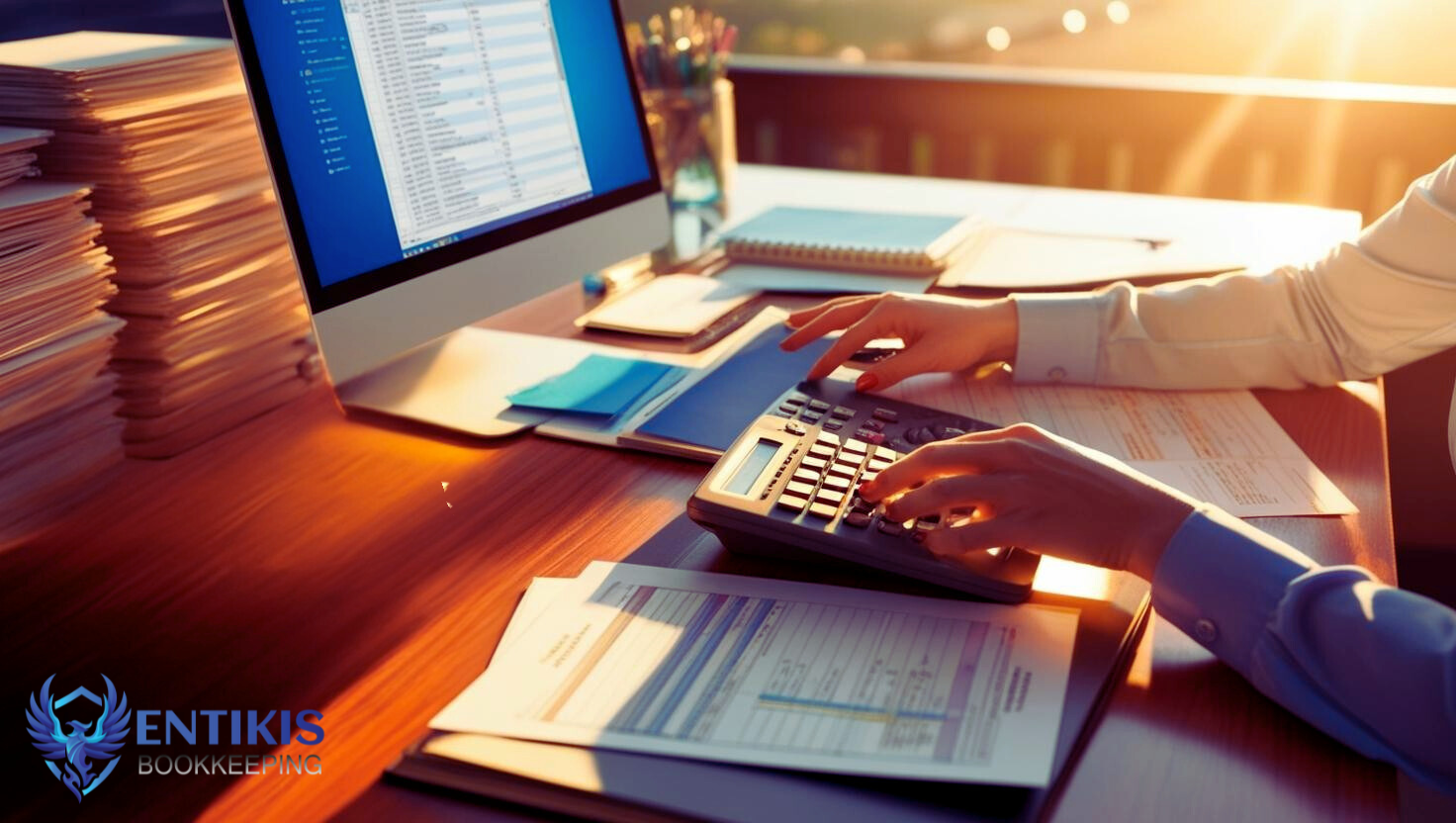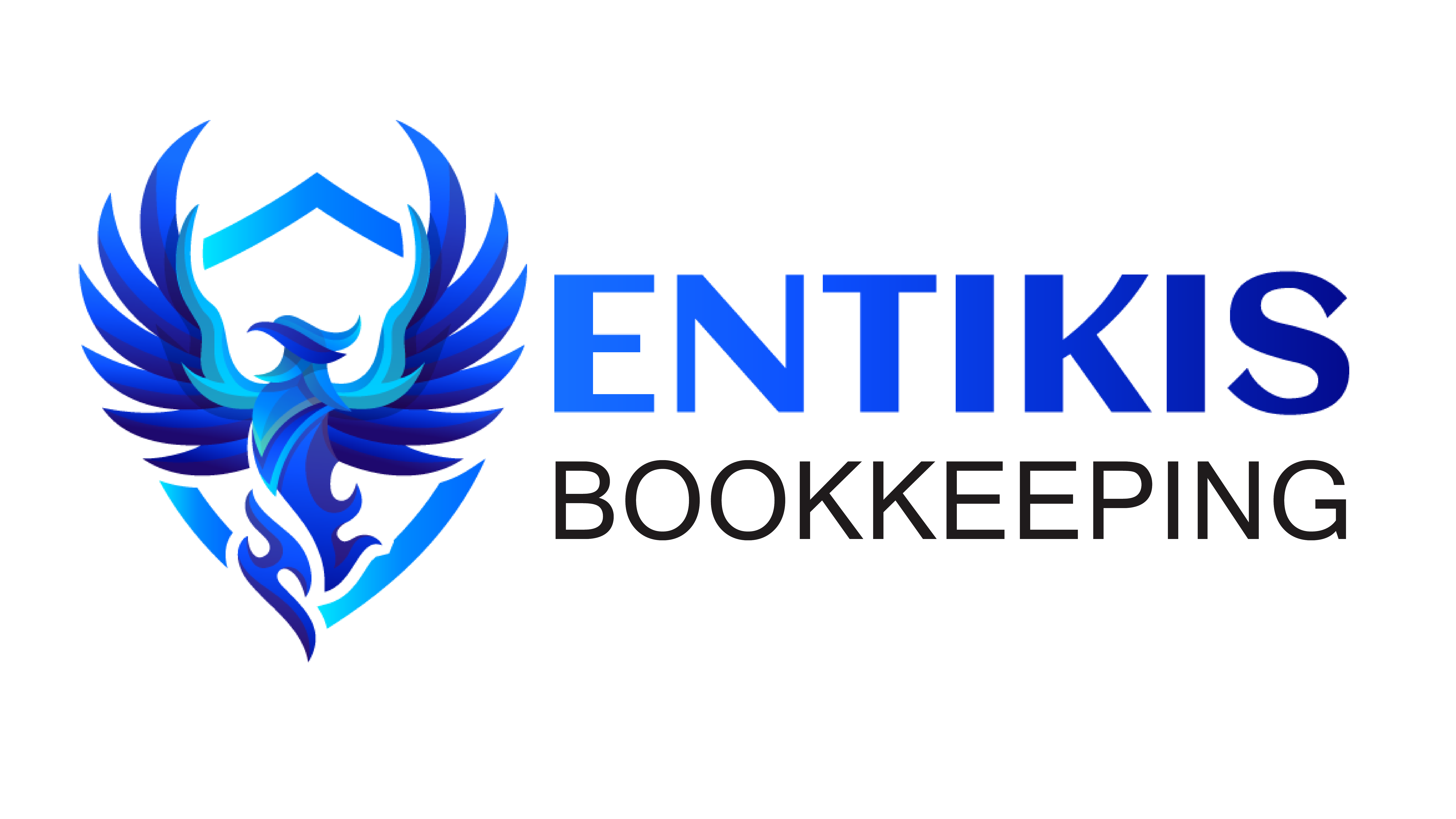Keeping A Clear And Accurate View Of Your Business’s Financial Health Is Essential For Success, Whether You’re A Startup Founder Or Managing An Established Company. One Of The Most Powerful Tools To Achieve This Clarity Is The Balance Sheet. Whether You Handle Your Finances Yourself Or Rely On A Skilled Bookkeeper, Understanding How To Prepare A Balance Sheet Can Provide Invaluable Insights Into Your Business’s Assets, Liabilities, And Equity. A Well-Prepared Balance Sheet Not Only Helps You Make Informed Decisions But Also Builds Trust With Investors, Lenders, And Other Stakeholders. In This Guide, We’ll Break Down The Process Of Creating A Balance Sheet In A Light Yet Professional Tone, Ensuring You Feel Confident In Showcasing Your Business’s Financial Standing. Let’s Dive In And Empower Your Financial Management With The Essential Knowledge Every Bookkeeper And Business Owner Should Have!
Understanding the Balance Sheet for Bookkeepers
At its core, a balance sheet is a snapshot of your business’s financial position at a specific point in time. For bookkeepers, it details what your business owns (assets), what it owes (liabilities), and the owner’s equity. Think of it as a financial selfie capturing your company’s health and stability.
Why a Balance Sheet is Essential for Bookkeepers
Understanding your balance sheet helps you, as a bookkeeper, make informed decisions, secure financing, attract investors, and comply with legal requirements. It’s a critical tool for tracking growth, managing resources, and ensuring your business stays on solid footing. Bookkeepers play a pivotal role in maintaining the accuracy and reliability of your balance sheet, making it an indispensable part of your financial management.
The Three Pillars: Assets, Liabilities, and Equity
To create a balance sheet, you’ll need to organize your financial data into three main categories:
-
- Assets
-
- Liabilities
-
- Equity
1. Assets: What Your Business Owns
Assets are everything your business owns that has value. They’re typically divided into two categories:
Current Assets
These are assets that can be converted into cash within a year. Common current assets include:
-
- Cash and Cash Equivalents: The money in your bank accounts.
-
- Accounts Receivable: Money owed to you by customers.
-
- Inventory: Goods available for sale.
-
- Prepaid Expenses: Payments made in advance for services or goods.
Non-Current Assets
These are long-term investments that won’t be converted into cash within a year. Examples include:
-
- Property, Plant, and Equipment (PP&E): Buildings, machinery, and vehicles.
-
- Intangible Assets: Patents, trademarks, and goodwill.
-
- Long-Term Investments: Stocks, bonds, or other investments held for more than a year.
2. Liabilities: What Your Business Owes
Liabilities represent your business’s obligations—debts and other amounts owed to outsiders. They’re also split into two categories:
Current Liabilities
These are obligations due within a year, such as:
-
- Accounts Payable: Money you owe suppliers.
-
- Short-Term Loans: Loans and lines of credit due within the year.
-
- Accrued Expenses: Expenses incurred but not yet paid, like wages or utilities.
Non-Current Liabilities
These are long-term obligations, including:
-
- Long-Term Loans: Loans payable over several years.
-
- Bonds Payable: Debt securities issued to investors.
-
- Deferred Tax Liabilities: Taxes owed but not yet paid.
3. Equity: The Owner’s Stake
Equity represents the owner’s residual interest in the business after liabilities are subtracted from assets. It includes:
-
- Common Stock: Funds raised by issuing shares.
-
- Retained Earnings: Profits reinvested in the business.
-
- Additional Paid-In Capital: Money paid by investors above the par value of shares.
Step-by-Step Guide to Preparing Your Balance Sheet
Now that you know the components, let’s walk through the process of creating your balance sheet.
Step 1: Choose a Reporting Date
Select a specific date for your balance sheet. This could be the end of a month, quarter, or year. Consistency is key, so stick to regular intervals for accurate tracking.
Step 2: List Your Assets
Start by listing all your assets, beginning with current assets followed by non-current assets. For each asset, include a brief description and its current value. Ensure you have accurate and up-to-date records to avoid discrepancies.
Example:
| Assets | Amount |
|---|---|
| Current Assets | |
| Cash and Cash Equivalents | $50,000 |
| Accounts Receivable | $30,000 |
| Inventory | $20,000 |
| Non-Current Assets | |
| Equipment | $100,000 |
| Property | $200,000 |
| Total Assets | $400,000 |
Step 3: List Your Liabilities
Next, list all your liabilities, starting with current liabilities and then non-current ones. Again, include descriptions and amounts for clarity.
Example:
| Liabilities | Amount |
|---|---|
| Current Liabilities | |
| Accounts Payable | $25,000 |
| Short-Term Loans | $15,000 |
| Accrued Expenses | $10,000 |
| Non-Current Liabilities | |
| Long-Term Loan | $100,000 |
| Total Liabilities | $150,000 |
Step 4: Calculate Owner’s Equity
Finally, determine your equity by subtracting total liabilities from total assets.
Example:
| Equity | Amount |
|---|---|
| Common Stock | $50,000 |
| Retained Earnings | $200,000 |
| Total Equity | $250,000 |
Step 5: Ensure It Balances
The fundamental equation of a balance sheet is:
Assets = Liabilities + Equity
Using our examples:
-
- Total Assets: $400,000
-
- Total Liabilities + Equity: $150,000 + $250,000 = $400,000
If both sides balance, congratulations! Your balance sheet is accurate. If not, double-check your entries for any omissions or errors.
Tips for an Accurate Balance Sheet
-
- Stay Organized: Keep meticulous records throughout the year. Regular bookkeeping makes preparing your balance sheet much easier.
-
- Use Accounting Software: Tools like QuickBooks or Xero can streamline the process and reduce errors.
-
- Reconcile Accounts: Regularly reconcile your bank statements and other accounts to ensure accuracy.
-
- Seek Professional Help: If you’re unsure, consulting with an accountant can provide valuable insights and ensure your balance sheet is correct.
Common Mistakes to Avoid
-
- Mixing Personal and Business Finances: Keep your personal and business finances separate to maintain clarity.
-
- Ignoring Depreciation: Remember to account for the depreciation of your assets over time.
-
- Overlooking Intangible Assets: Don’t forget to include valuable intangible assets like intellectual property.
- Incomplete Records: Ensure all assets, liabilities, and equity components are accounted for to avoid an inaccurate balance sheet.
Preparing a balance sheet might seem daunting at first, but with a clear understanding of its components and a systematic approach, it becomes a manageable and invaluable tool for your business. Regularly updating your balance sheet helps you stay on top of your financial game, making informed decisions that drive your business forward. So grab your financial data, follow these steps, and create a balance sheet that truly reflects your business’s strength and potential!
Remember, a well-prepared balance sheet isn’t just a requirement—it’s a powerful ally in your journey to business success. Happy balancing!
If You Are Looking For Professional Bookkeeping Services, Please Contact Us At Admin@Entikis.Com And 817-415-1715 To Learn More About How Entikis Bookkeeping Can Support Your Journey To Success! Located At 640 Taylor St Suite , Fort Worth, TX, United States, Texas. We Offer Professional Bookkeeping Services For Businesses In The Burleson, Fort Worth And The Surrounding Tarrant County Metroplex




